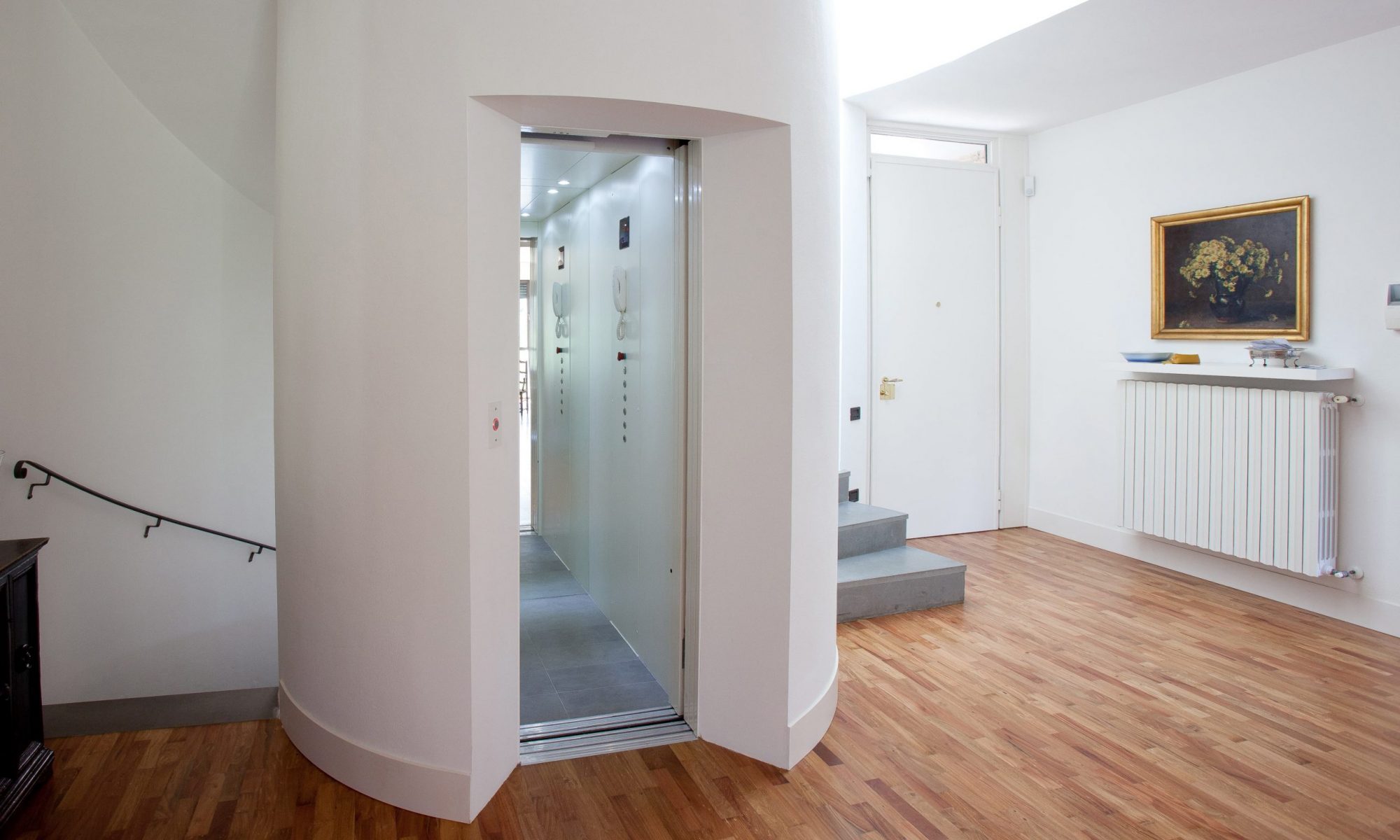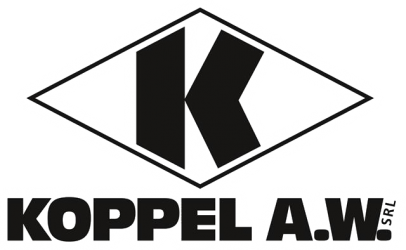On all lifts maintained by Koppel AW, and in particular of course on those installed directly by our company, it may be provided a remote control system, which can give information on the system status in real time from anywhere in the world to our control center in Italy. In particular, it would provide, in case of failure, a diagnostic of the system that may accelerate the search of the fault causes, and then the repair of the failure itself. The system as provided by us is substantially open source, so there is no obligation for the customer to rely on any oligopolistic organization.
Traffic calculation
To help building designer, ISO standards of the series 4190 have been established, which give the criteria according to which is advisable to design the lifts respectively within the residential buildings, and in the hospitals, hotels and office buildings.
The premises of these standards are that the lifts should be accessible to all, and specially to disabled persons; it could be referred also to the specific European standard EN 81-70, so that they are lifts with cars for at least 6 passengers, with minimum size 1 m (width) and 1.25 m (depth). The standards contain also diagrams which, according to the building population (estimated) and its height and number of floors, give the minimum number of cars needed, their capacity and speed, so that they will be able to manage the traffic of the building according to a definite quality standard.
In the case of building for not residential use, the minimum capacity is larger, eight passengers, with miminum car size 1.1 m (width) and 1.4 m (depth).
The management of the building traffic means first of all to reduce the waiting times of the passengers, and in particular the average interval at the main floor to a reasonable value, that is the time in average spent by the user between a start of the car and the following one from that floor. Moreover, the designer should manage also the estimated percentage of the building population which may be carried to the arrival floors within a certain period of time, normally set to 5 minutes (the busiest ones within the day). Finally, it should be reduced to a reasonable value the theoretical running time of the car, that is the time necessary for it to make a complete round trip between the extreme floors of the building.
The acceptable interval values, according to standards, and to the quality level desired by the designers, are set from 25 s to 40 seconds, the carrying capacity goes from 14% to 25% of the building population (during the busiest 5 minutes), and the theoretical running time is set from 20 to 32 seconds.
The standards refer only to buildings up to 16 floors, then, for higher towers, it is necessary to use a dedicated software, that is more sophisticated considering the more complex datas of the building.
Generally, in moderately complicate buildings, that are from six floors up, the lifting system shall not be of one lift only, but of two or more (also because in the possible case of fault to one, the other may work!), generally with a collective selective operation system, duplex or more.
The standards recommend that the cars have the same capacity and speed, that they serve the same floors, and they are close each other, so that the users may indifferently use the nearest car. In the case the building needs a goods or stretcher lift as well, they should be installed in a different area of the building than the normal lifting system, so that their use may be actually reserved to the dedicated people only.
The most important datum which the designer has to consider, along with the number of floors naturally, is the estimated building population.
Generally, in the residential buildings, the evaluation is done considering one person for each room (excluding service rooms), adding another person per flat. In the office buildings the normal evaluation is for one person each 8 square meters. In the hotels 1.5/2 persons per room shall be considerated. In the hospitals the estimation is more complicate according to different destination of the parts of the building, but an average of 5 persons for each bed could be considerated. Of course, if there are more reliable real datas, they should be considerated.
It is necessary to exercise on the different conditions of traffic:
– inbound and outbound peaks of persons going to and from the main floor
– the possible interfloor traffic
– the up peaks (normally in the morning in the offices)
– the opposite down peaks
– the periods of mixed direction traffic
KOPPEL A.W. consequently proposes the operation system which seems the best to adapt to the specific need due to the traffic characteristics of the building, maximizing the service quality, but taking account of the acceptable costs as well.
Indeed, the best quality of lifting system service in the normal buildings (below 30 floors) is obtained through an adequate number of cars, more than their high speed or capacity. When the number of passengers who can enter the car is large, it is higher also the probability that the car has to stop at many floors, so that the maximum speed of the lift could even not be reached between two stops, due to the limited leve of deceleration and jerk that the car must have. The real running time then, and consequently the interval at the main floor, may be longer than what obtained increasing the number of cars of the group of lifts.

